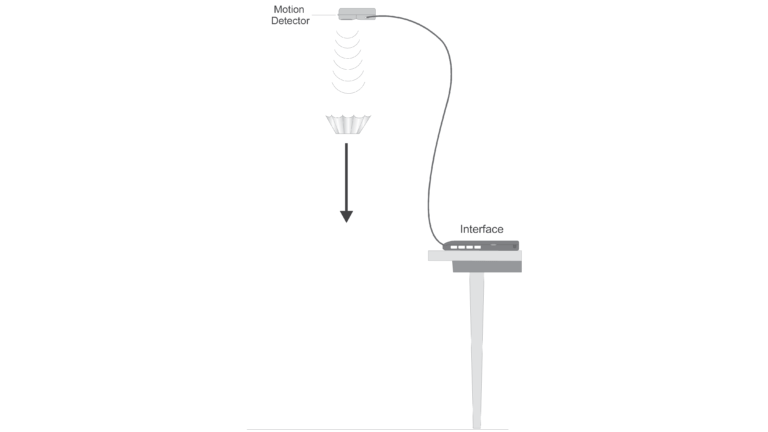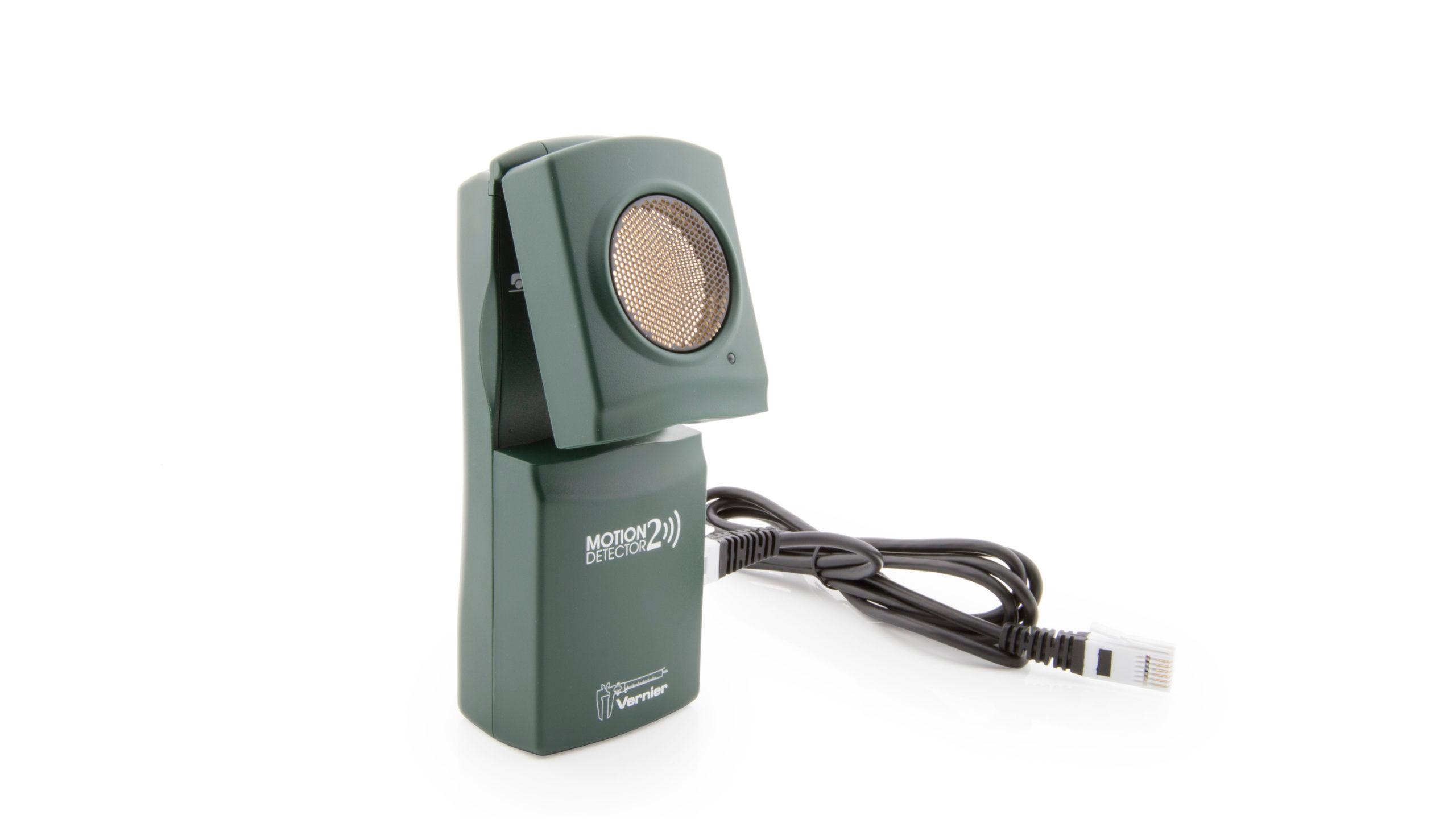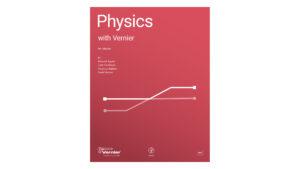
Introduction
When you solve physics problems involving free fall, often you are told to ignore air resistance and to assume the acceleration is constant. In the real world, because of air resistance, objects do not fall indefinitely with constant acceleration. One way to see this is by comparing the fall of a baseball and a sheet of paper when dropped from a meter height. The baseball is still accelerating when it hits the floor. Air has a much greater effect on the motion of the paper than it does on the motion of the baseball. The paper does not accelerate very long before air resistance reduces the acceleration so that it moves at an almost constant velocity. When an object is falling with a constant velocity, we describe it with the term terminal velocity, or vT. The paper reaches terminal velocity very quickly, but on a short drop to the floor, the baseball does not.
Air resistance is sometimes referred to as a drag force. Experiments have been done with a variety of objects falling in air. These sometimes show that the drag force is proportional to the velocity and sometimes that the drag force is proportional to the square of the velocity. In either case, the direction of the drag force is opposite to the direction of motion. Mathematically, the drag force can be described using Fdrag = –bv or Fdrag = –cv2. The constants b and c are called the drag coefficients that depend on the size and shape of the object.
When falling, there are two forces acting on an object: the weight, mg, and air resistance, –bv or –cv2. At terminal velocity, the downward force is equal to the upward force, so mg = –bv or mg = –cv2, depending on whether the drag force follows the first or second relationship. In either case, since g and b or c are constants, the terminal velocity is affected by the mass of the object. Taking out the constants, this yields either
vT ∝ m or vT2 ∝ m
If we plot mass versus vT or vT2, we can determine which relationship is more appropriate.
In this experiment, you will measure terminal velocity as a function of mass for falling coffee filters and use the data to choose between the two models for the drag force. Coffee filters were chosen because they are light enough to reach terminal velocity in a short distance.
Objectives
- Observe the effect of air resistance on falling coffee filters.
- Determine how air resistance and mass affect the terminal velocity of a falling object.
- Choose between two competing force models for the air resistance on falling coffee filters.
Sensors and Equipment
This experiment features the following sensors and equipment. Additional equipment may be required.
Option 1

Option 2

Option 3

Correlations
Teaching to an educational standard? This experiment supports the standards below.
- International Baccalaureate (IB)/Sports, Exercise, and Health Science
- 10. Friction and drag
Ready to Experiment?
Ask an Expert
Get answers to your questions about how to teach this experiment with our support team.
- Call toll-free: 888-837-6437
- Chat with Us
- Email support@vernier.com
Purchase the Lab Book
This experiment is #13 of Physics with Vernier. The experiment in the book includes student instructions as well as instructor information for set up, helpful hints, and sample graphs and data.

